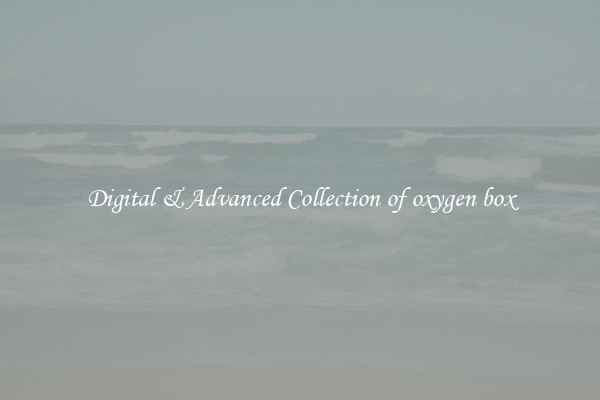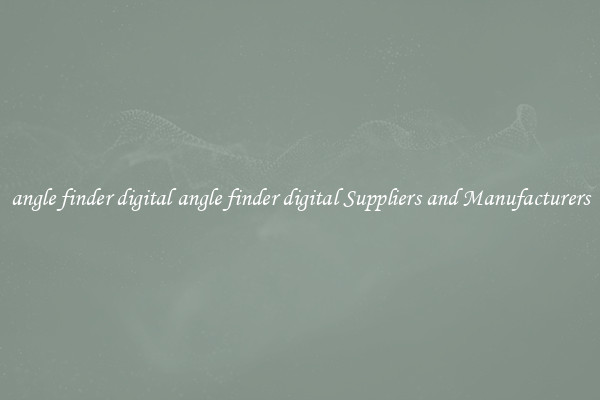Digital & Advanced Collection of oxygen box
In recent years, the healthcare industry has seen a significant shift towards the use of digital and advanced technologies to improve patient care and outcomes. One area where this is particularly evident is in the collection and monitoring of oxygen levels in patients with respiratory conditions. The traditional method of collecting oxygen levels involved using a pulse oximeter, a small device that clips onto the patient's finger and measures the oxygen saturation in their blood.

However, with the advent of digital and advanced technology, healthcare providers now have access to more sophisticated tools for collecting and monitoring oxygen levels. One such tool is the oxygen box, a portable device that can be used to collect and transmit oxygen levels in real-time. This means that healthcare providers can now monitor a patient's oxygen levels continuously, rather than having to rely on intermittent measurements taken with a pulse oximeter.
The digital and advanced collection of oxygen levels has several advantages over traditional methods. For one, it allows healthcare providers to detect changes in oxygen levels more quickly, enabling them to intervene sooner if a patient's oxygen levels drop to dangerous levels. This can be particularly important for patients with respiratory conditions such as asthma or chronic obstructive pulmonary disease (COPD), where changes in oxygen levels can indicate a worsening of their condition.
Furthermore, the use of digital and advanced technology can also improve the accuracy of oxygen level measurements. Traditional pulse oximeters can sometimes produce inaccurate readings, especially in patients with conditions such as anemia or poor circulation. The oxygen box, on the other hand, uses more advanced algorithms and sensors to ensure that oxygen levels are measured accurately and reliably.
Another advantage of the digital and advanced collection of oxygen levels is the ability to store and analyze the data collected. This can provide valuable insights into a patient's condition over time, allowing healthcare providers to track changes in oxygen levels and adjust treatment plans accordingly. It can also help identify patterns or trends that may indicate a need for a change in medication or other interventions.
Overall, the digital and advanced collection of oxygen levels represents a significant advancement in the field of healthcare technology. By enabling continuous monitoring and more accurate measurements of oxygen levels, this technology has the potential to improve patient outcomes and enhance the quality of care provided to patients with respiratory conditions. As technology continues to evolve, we can expect to see further advancements in this area that will further revolutionize the way oxygen levels are collected and monitored in healthcare settings.

View details

View details

View details

View details








